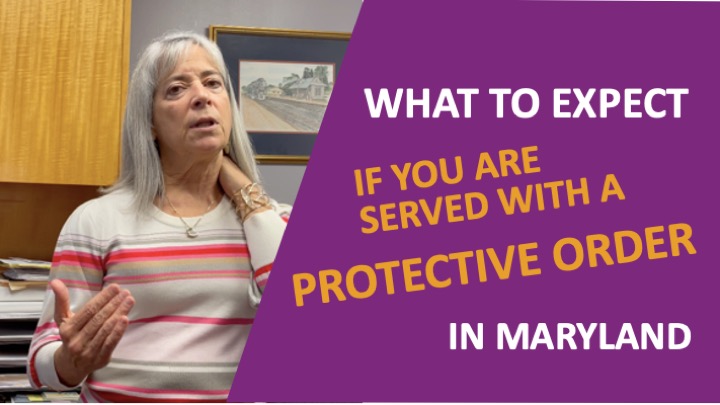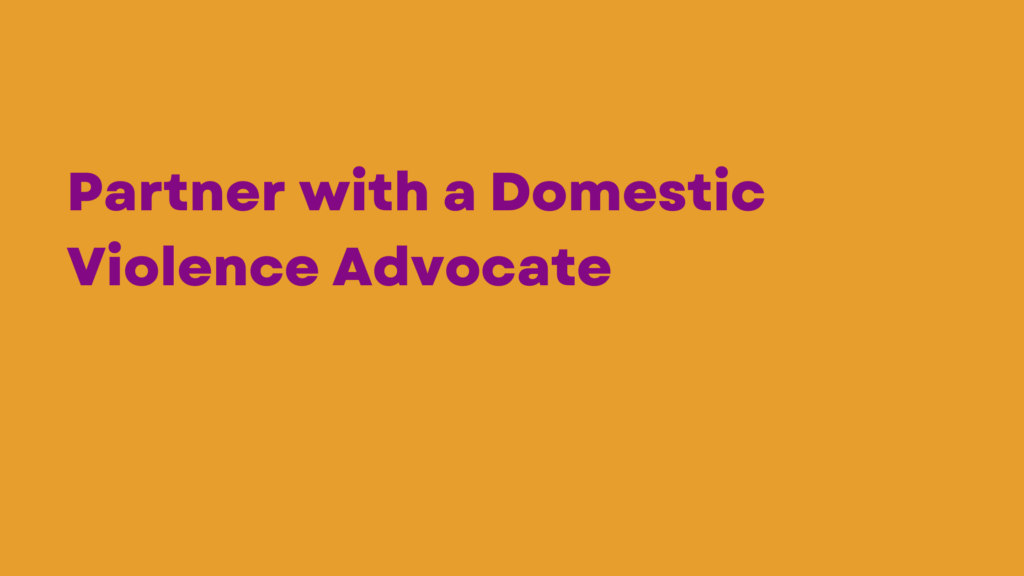Contrary to what you may believe, filing for bankruptcy does not automatically erase all liens on your property. Whether or not you can avoid a lien depends primarily on what form of bankruptcy you are filing.
Liens in Chapter 7 Bankruptcy
When Filing for a Chapter 7 bankruptcy, you can remove liens if they prevent you from utilizing an exemption you are legally entitled to.
The types of liens which can be removed are:
- Judicial liens made via a judgement in court.
- Liens made on assets such as household goods, clothing or trade tools up to $6,225.
Liens that you cannot remove in a Chapter 7 include:
- Statutory liens, like those related to taxes.
- Consensual liens, such as mortgages.
For liens that are dischargeable, it requires more than simply filing for bankruptcy to get rid of them. In order to challenge a lien, you must file a motion in bankruptcy court and obtain an order from a judge. This can be done by your Bankruptcy attorney once you identify which liens you can discharge.
Liens in Chapter 13 Bankruptcy
Chapter 13 bankruptcy has two mechanisms which could affect property liens: a cramdown and lien stripping.
Cramdown:
A cramdown allows you to reduce both the principal balance and interest rate of a loan, helping you pay less towards those debts. The types of liens you can cramdown include car loans, certain real estate loans, and personal property. Whether or not you will qualify depends on both the type of property you have and compliance with the time restrictions on filing.
Lien Stripping:
Lien stripping is a process which allows you to get rid of “wholly unsecured” liens attached to your property or what are known as “junior liens.” Stripping liens are often used for second mortgages when the value of the first mortgage exceeds the value of the property.
Contact an attorney to see what liens you can avoid when filing for bankruptcy. Your individual case will depend on the type of lien, the value of your property and any possible exceptions.





